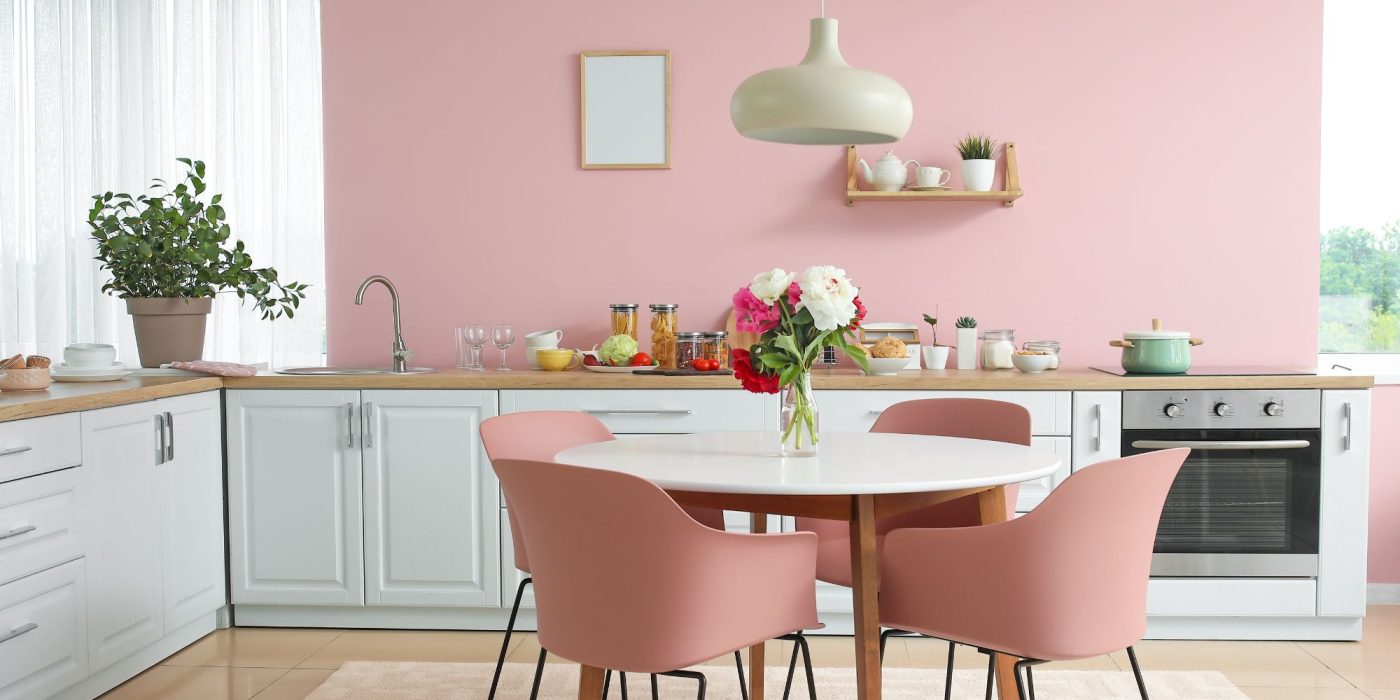Table of Contents
Interior Painting as the Evolution of Decoration: New Trends and Ideas

Interior Painting
Are you tired of the same old look at home your; It's time to change things up and give your space a fresh new vibe. One of the easiest and most effective ways to renew it home yours is the interior paint. Not only can a fresh coat of paint instantly transform a room, it can also reflect your personal style and create a welcoming atmosphere.
Over the years, oil painting trends internal spaces have evolved and it is fascinating to see how color preferences and techniques have changed. From bold accent walls to subtle earth tones, there's no shortage of options for every taste. Either you prefer one modern, minimalist look or a warm, rustic feel, the possibilities are endless.
Historical perspective on interior painting trends
Interior painting has a rich history dating back centuries. In ancient times, people used natural pigments to decorate their homes, with colors such as red, yellow and brown dominating the palette. These colors come from natural materials such as plants, minerals, and even insects.
As time progressed, the interior painting became more complicated. During the Renaissance period, vivid and rich colors were in vogue, reflecting the opulence and grandeur of the time. The paintings were often intricate and detailed, with decorative motifs adorning the walls of palaces and mansions.
In the 18th and 19th centuries, trends in interior painting turned towards more restrained and elegant colors. Neoclassical and Victorian styles became popular, with soft pastels and earth tones creating a sense of calm and sophistication. These colors, combined with elaborate patterns and intricate details, transformed homes into luxurious spaces.
The 20th century brought about significant changes in interior painting trends. The rise of modernism and the Bauhaus movement led to a shift towards simplicity and minimalism. Clean lines, neutral colors and open spaces became the hallmark of modern interiors. This trend continued into the 21st century, with sleek and minimalist designs dominating the landscape.
Popular interior painting trends of the past decade
Over the past decade, several trends in interior painting have captured the imagination of homeowners and designers. One of the most notable trends has been the revival of bold walls. Instead of painting an entire room, homeowners choose to highlight a single wall with a vibrant color or pattern. This adds visual interest and creates a focal point in the room.
Another popular trend in recent years is the use of earth tones and natural colors. These shades, such as warm brown, soft green and sandy beige, create a warm and welcoming atmosphere. They also provide a calming effect, making them ideal for bedrooms and living areas.
The metallic finishes have also gained popularity in interior painting. Whether it's a bright gold accent or a sleek silver sheen, metallic colors add a touch of glamor and sophistication to any room. They can be used to create a luxurious and opulent feel or to add a modern touch to a traditional space.
Texture is another element that has become increasingly important in interior painting trends. From textured wallpaper to faux finishes, homeowners are embracing the tactile aspect of design. Textured walls can add depth and dimension to a room, making it more dynamic and visually appealing.
Emerging trends for interior painting for the future
As we look ahead to the future, many exciting interior trends are emerging painting. One of the most obvious trends is the use of bold and vibrant colors. While neutral tones have been popular in recent years, homeowners are now embracing the power of color to make a statement. From deep blues and greens to bold yellows and oranges, these vibrant hues can inject energy and personality into any space.
Sustainability is also a growing concern in interior painting trends. With growing awareness of the environmental impact of paint, homeowners are looking for eco-friendly options. Low VOC (volatile organic compound) paints, made from natural ingredients and free of harmful chemicals, are becoming more and more readily available. These colors not only reduce environmental damage, but also contribute to healthier indoor air quality.
In terms of techniques, mural painting is making a comeback. Instead of traditional wallpaper, homeowners are opting for hand-painted murals that can transform a room into a work of art. These murals can be customized to fit any style or theme, from nature-inspired landscapes to abstract designs. They add a unique and personal touch to a space, making it truly one of a kind.
Factors affecting trends in interior painting
Various factors influence the trends in the interior painting, from cultural changes to developments in technology. An important factor is the dominant design aesthetic of the time. For example, the rise of minimalism in recent years has led to a preference for neutral colors and clean lines. On the other hand, the revival of vintage and retro styles has brought back bold colors and patterns.
Social media and online platforms have also played a major role in shaping interior painting trends. Platforms like Instagram and Pinterest allow homeowners to discover and share inspiration design, creating a global community of design enthusiasts. This exposure to different styles and ideas has broadened the horizons of interior painting trends, leading to more experimentation and creativity.
In addition, lifestyle changes and social changes have influenced interior painting trends. As people spend more time at home, they seek to create spaces that reflect their personality and provide comfort. This led to a greater emphasis on self-expression and individuality in interior design, with paint colors playing a key role in achieving this.
Colors and finishes: Choosing the right color for your home
When it comes to choosing colors and finishes for your home, there are several factors to consider. First and foremost, think about the mood and atmosphere you want to create in each room. For example, cool blues and greens can create a calm and peaceful environment in bedrooms, while warm yellows and oranges can add energy and vibrancy to living spaces.
Consider natural light in each room as well. Rooms with plenty of natural light can handle brighter colors, while darker rooms can benefit from lighter shades to maximize brightness. It is also important to consider the size of the room. Lighter colors can make small spaces feel more open and spacious, while darker colors can add depth and comfort to larger rooms.
When it comes to finishes, there are many options to choose from. Matte finishes have a flat, non-reflective look and are perfect for hiding wall imperfections. They provide a sophisticated and elegant look, but can be more difficult to clean. On the other hand, satin and semi-gloss finishes have a slight sheen and are more durable, making them ideal for high-traffic areas like kitchens and bathrooms.
DIY vs Professional Interior Painting: Pros and Cons
When it comes to interior painting, you have the option of doing it yourself or hiring a professional. Both approaches have their pros and cons, and it's important to consider your skills, time, and budget before making a decision.
The painting DIY can be a rewarding and financially efficient choice. It allows you to have complete control over the process and gives you the satisfaction of transforming your home with your own hands. However, it takes time, patience and attention to detail. Preparation work, such as cleaning walls, patching holes and fixing edges, can be time-consuming. Additionally, inexperienced painters may struggle to achieve a professional finish and may need to invest in quality tools and materials.
Hiring a professional oil painter, on the other hand, ensures a high-quality and effective result. Professionals have the knowledge, experience and tools to tackle any oil painting project. They can provide expert advice on color choices and finishes, saving you time and effort.
However, professional painting services come at a cost and may not fit into everyone's budget. It is essential to research and choose a reliable painter who understands your vision and can deliver the desired result.
Conclusion: Embrace the power of interior painting trends
In conclusion, interior painting is a powerful tool to refresh your home and create a space that reflects your personality. From historical trends to emerging styles, the world of interior painting is constantly evolving. Whether you prefer bright and vibrant colors or subtle and relaxing tones, there is a trend to suit every taste and style.

Fill it in
Form